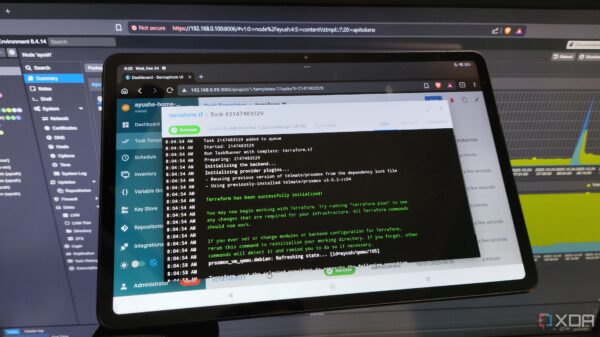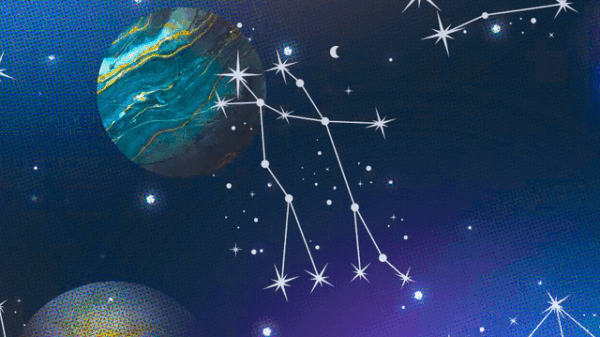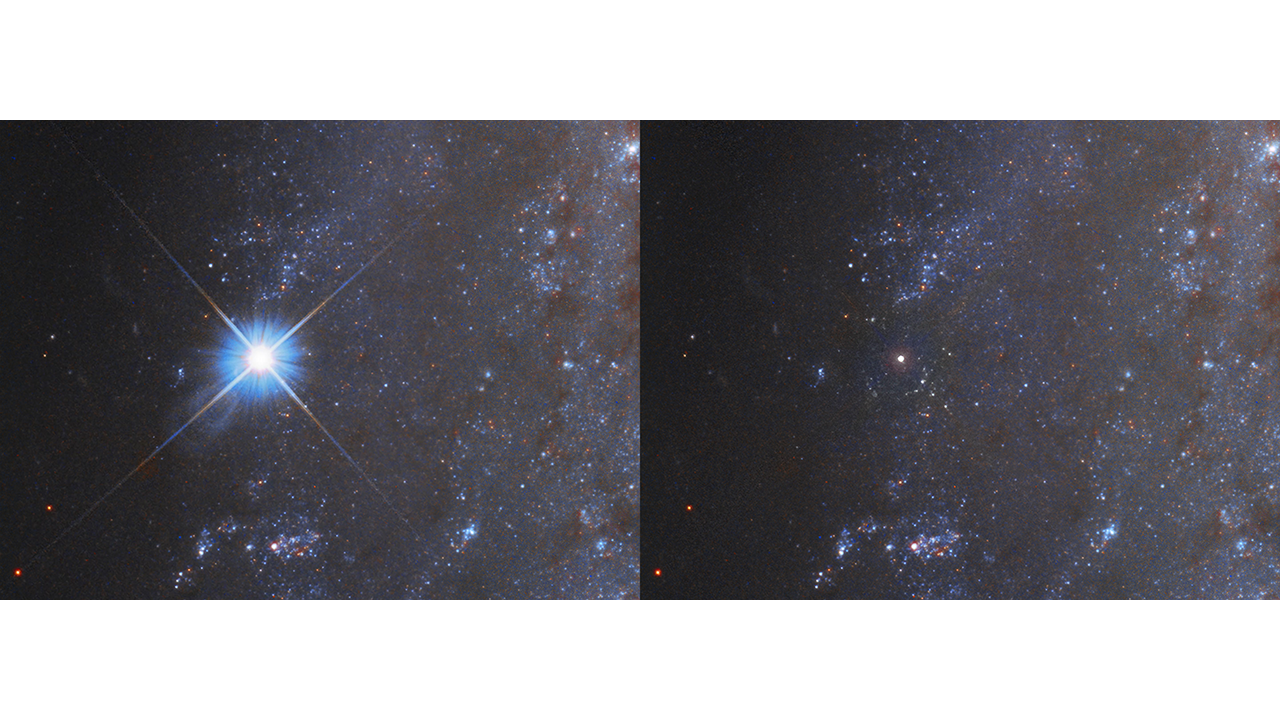The Hubble Space Telescope has successfully captured a remarkable before-and-after image of a supernova explosion, designated as SN 2018gv, located in the spiral galaxy NGC 2525. This astronomical event illustrates the brightness of a supernova and its gradual fading over time, with images taken one year apart clearly demonstrating this transformation.
Significance of the Discovery
Discovered by amateur astronomer Koichi Itagaki in early 2018, SN 2018gv lies approximately 70 million light-years from Earth. The recent observations by Hubble are part of an ongoing effort to understand these powerful stellar explosions. The side-by-side comparison of the images highlights the dramatic decrease in brightness over the span of a year, providing valuable data about the life cycle of stars.
Classified as a Type Ia supernova, SN 2018gv is particularly significant in the field of astronomy. These types of supernovae are often referred to as “standard candles” because they exhibit a consistent peak brightness. This characteristic allows astronomers to calculate the distances to these exploding stars with remarkable precision. By comparing the known intrinsic luminosity of the supernova with its apparent brightness from Earth, scientists can accurately gauge how far away these celestial phenomena are.
Understanding the Universe’s Expansion
The study of supernovae like SN 2018gv extends beyond mere distance measurement. Astronomers utilize these events to investigate the rate of the universe’s expansion and how this rate has evolved over time. The data gleaned from observing these supernovae contribute to our understanding of fundamental cosmic questions.
NASA is currently developing the Roman Space Telescope, which aims to further explore such explosions. Once operational, this telescope will enable scientists to delve even deeper into the universe’s past, offering insights that surpass those provided by the Hubble Space Telescope. This advancement is expected to enhance our comprehension of cosmic expansion and the underlying mechanisms driving it.
For those interested in the intricate workings of our universe and the technology that facilitates these discoveries, further information about the Hubble Space Telescope and its contributions to astronomy can be found on NASA’s official website.








































































